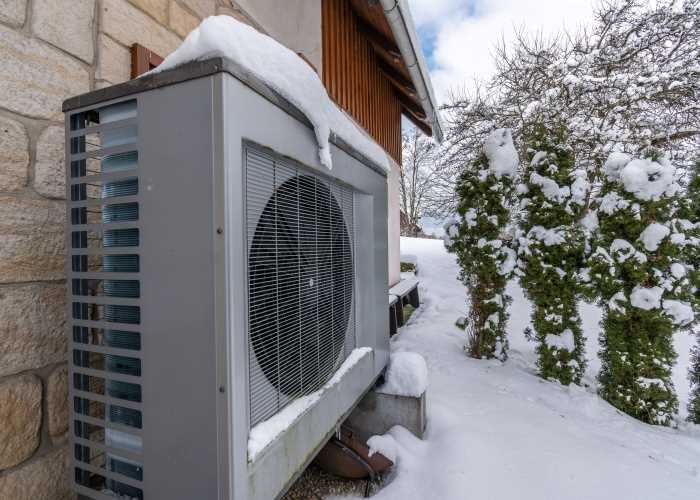As the colder months approach, preparing your heat pump is key to keeping your home warm. Heat pumps are an eco-friendly way to heat your home, but they do need attention before winter sets in.
Here are the steps to take to ensure your heat pump runs efficiently, and that you avoid any unwanted breakdowns.
The outdoor unit of your heat pump absorbs heat from the air, even in cold weather. But over time debris like leaves, dirt and twigs can build up around it, reducing its efficiency.
Dirty filters make your heat pump work harder, raising energy use and shortening the system’s lifespan.

Most heat pumps have a defrost mode to prevent ice build-up on the outdoor unit. This mode runs automatically but should be tested before winter.
As the weather cools, adjust your thermostat to match your heating needs.
Leaks in your heat pump system can cause inefficiency, and may lead to more serious damage if left unresolved.
While some tasks can be done on your own, it’s always smart to schedule a professional service before winter.
Getting your heat pump ready for winter is key to keeping your home warm and saving on energy bills. By inspecting, cleaning, and testing the system, you can avoid unnecessary repairs and ensure your heat pump runs smoothly all season. Don’t forget to schedule a professional service for added peace of mind.
